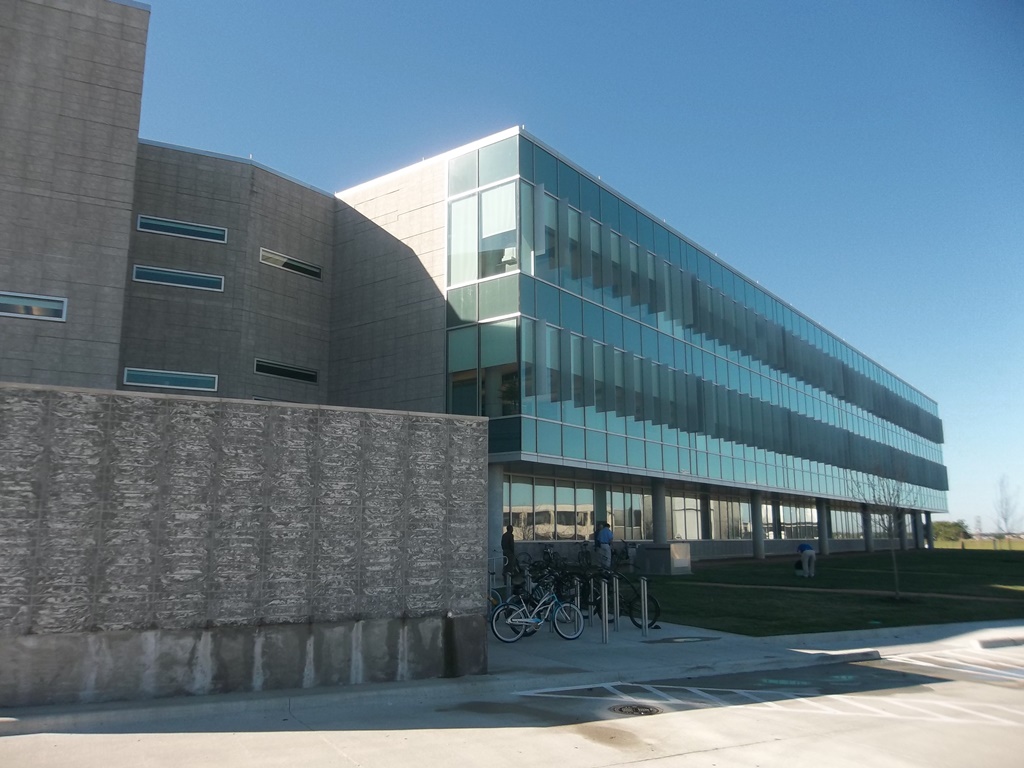After Construction | Evaluating a Building’s ROI

 Renovation or new construction, when you add energy efficient equipment, such as HVAC, roofing, and windows, into the design you can estimate an ROI, but finding the actual ROI requires post construction evaluation. Post Occupancy Evaluations (POE) can help determine if your building is functioning as intended by reviewing data outputs produced by the building systems, through interviews with occupants, and general assessment of the built environment.
Renovation or new construction, when you add energy efficient equipment, such as HVAC, roofing, and windows, into the design you can estimate an ROI, but finding the actual ROI requires post construction evaluation. Post Occupancy Evaluations (POE) can help determine if your building is functioning as intended by reviewing data outputs produced by the building systems, through interviews with occupants, and general assessment of the built environment.
Post Occupancy Evaluations go beyond a traditional building assessment. While the goal of a traditional building assessment may be to assess the physical conditions of a facility and its systems at a specific point in time, a POE evaluates the actual performance of the building in terms of energy and water use, ease of operation and maintenance, and occupant health. POE’s offer an unbiased third-party evaluation of the impact of decisions made during the design and construction process. The POE is typically performed after one full year of building operation, while some projects have two phases of evaluation, one immediately after completion to capture the emotion of the construction and design process immediately after completion and then look at the building operation and occupant health a full year later.
POEs are great for companies with multiple building assets that are trying to learn how to build smarter buildings. They collect an incredible amount of best practices and things not to repeat again. With any project, understanding lessons learned is a building block for future projects and can help you evaluate best practices and processes for future construction projects.
For more insight, check out our white paper on Post Occupancy Evaluations: Post Occupancy Evaluation White Paper